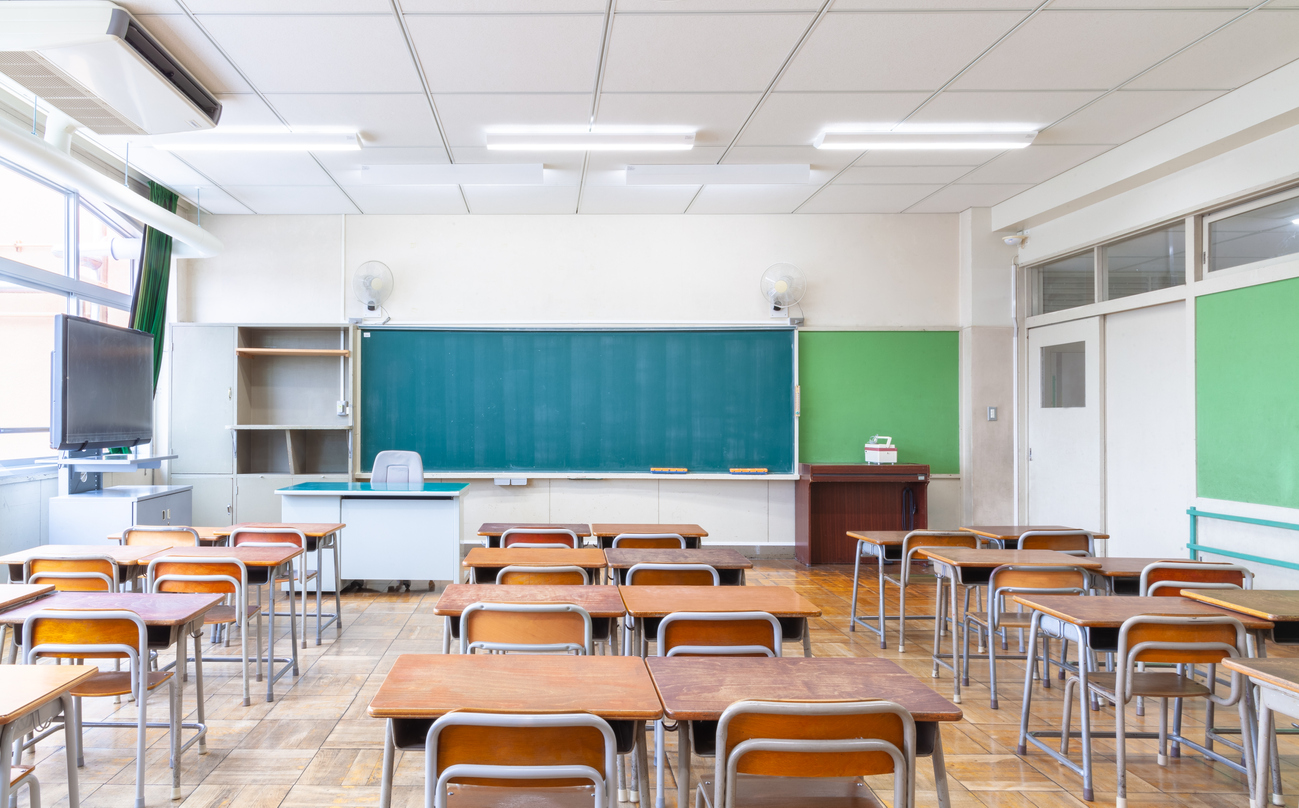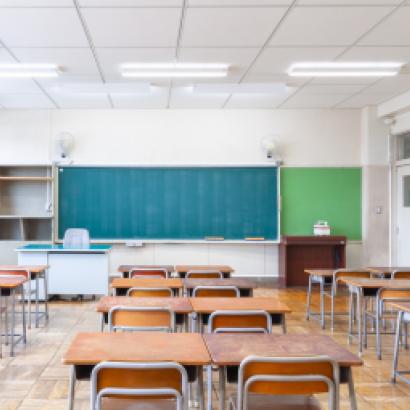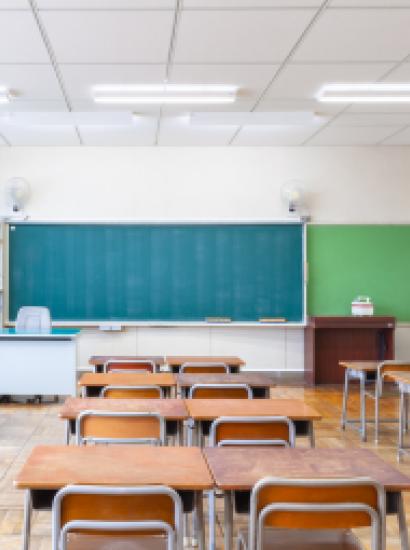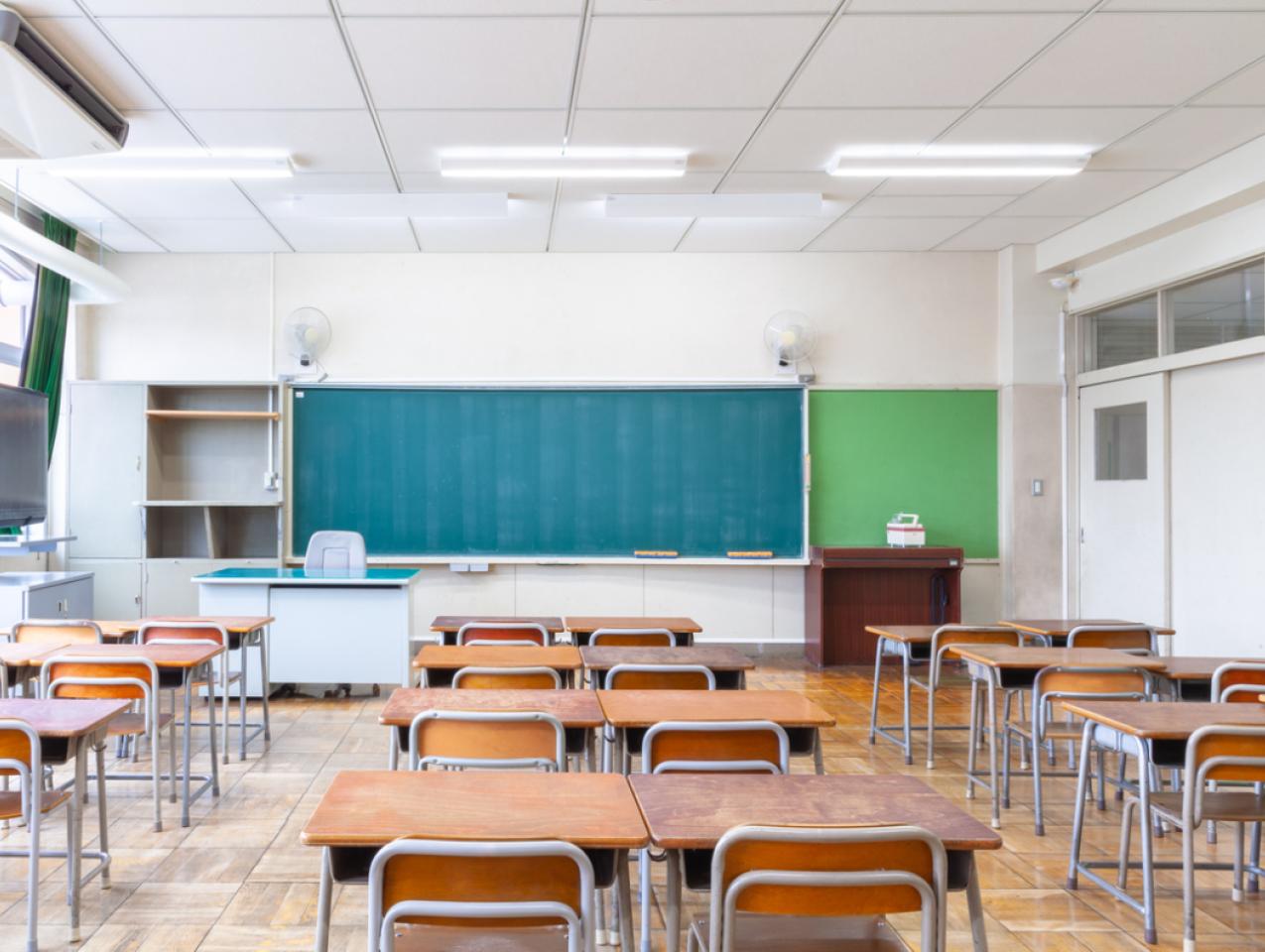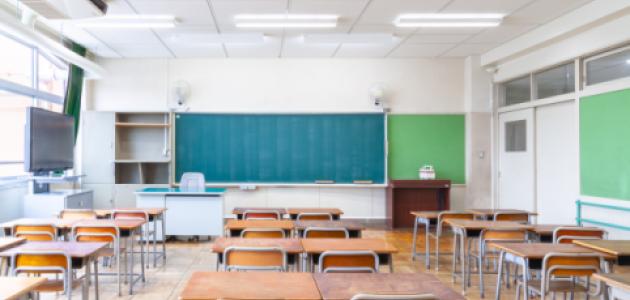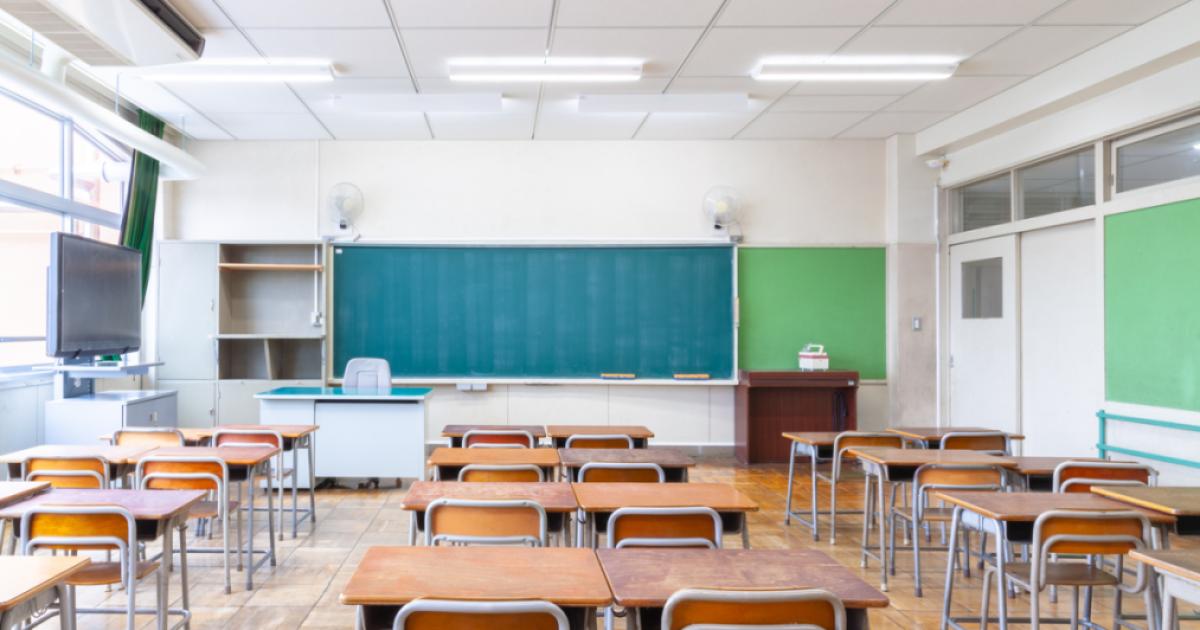I’d like you to circle two dates on your calendar: February 16 and April 29.
The later milestone is President Biden’s 100th day in office—by which time he wants most of America’s K–12 schools to have reopened.
The earlier milestone?
That’s California governor Gavin Newsom’s target date for returning to in-person instruction in the Golden State’s transitional kindergarten and first and second grades (under the governor’s $2 billion “Safe Schools for All” plan, cooperating school districts would receive an additional $450 to $700 per student, with higher grades returning to classrooms at a later time, as COVID case rates decline).
The odds of Newsom pulling this off? About the same as the legendary Tom Brady or legend-in-the-making Patrick Mahomes getting benched on Super Bowl Sunday.
Here’s why. School districts across California have complained that the governor’s plan is the policy equivalent of wet cement—some citing, for example, no guesstimate as to how much all the COVID testing required for reopening will cost. Moreover, Newsom was informed by the California Teachers Association last week that the Golden State’s 300,000-plus K–12 educators must all receive COVID vaccinations before they will return to the classroom. Translation: if, as estimated, it might take until June to cover immunizations for that teaching force, then in-classroom learning in California won’t happen this academic year.
Perhaps that explains Newsom’s public show of frustration when asked about CTA’s latest demand (in addition to vaccines, the union’s repeatedly said that schools should remain closed until COVID cases fall to only seven cases per 100,000 Californians; Newsom believes 25 cases per 100,000 is acceptably safe): "If everybody has to be vaccinated, we might as well just tell people the truth: there will be no in-person instruction in the state of California. Just tell them the truth. Don't mislead people," Newsom said.
He added: "If vaccinations is the absolute, then maybe we should be having a different conversation with the people of the state of California and parents."
One other explanation for the governor’s snit: a date that falls almost midway between February 16 and April 29—the March 17 deadline for organizers of the recall effort to remove him from office to deliver the approximately 1.5 million signatures required to trigger a special election later this year.
The odds of that happening? Not as remote as Brady or Mahomes riding the pine this Sunday, but also not as likely as both throwing touchdown passes.
Last week, the recall effort claimed to have 1.2 million signatures in hand; getting to 1.5 million by mid-March would require about 6,000 new signatures per day (in California, a gubernatorial recall election is triggered when the number of legitimate signatures equals at least 12% of the population who voted the last time the office was on the ballot).
However, the bare minimum won’t suffice, as election officials are certain to carefully vet the batch. In 2003, 897,158 certified signatures was the launching point for the recall election that brought Arnold Schwarzenegger into office; 1,356,408 of the approximately 1.6 million signatures gathered were certified as valid. Apply the same 85% certification rate to this year’s drive and 1.765 million signatures is a more pragmatic target for setting the recall wheels into motion.
And if that election were to occur?
Ironically, it might make good on a frequent Newsom boast of California as “America’s coming attraction”—in this case, not the showcasing of a progressive agenda on the march but instead a gubernatorial recall vote in the summer of 2021 serving as a preview of the following year’s midterm election.
What do these have in common? Teachers’ unions’ pernicious control over public education and—in blue states, at least—Democratic lawmakers beholden to that special interest.
Here’s one way to measure the potential impact of the plight of California’s public schools on a recall election: the basics of math and geography.
The state’s Department of Education lists 10,588 public schools in the Golden State. That’s not counting another 1,303 charter schools. Sum total: 11,891 schools.
Who attends those schools? At last official count (that would be the 2019–20 academic year), a little more than 6.1 million students—although that number will be lower when the state revises its numbers later this spring (one projection has California losing 155,000 students). Assuming each of those kids has at least one parent, that’s more than 6 million Californians of voting age who might be displeased with their children’s unfulfilling online learning experience—and looking to hold someone accountable.
That coalition obviously is geographically broad (though not every school district is doing online learning). It’s also diverse (only 22.4% of the 2019–20 school population falls under the category of “White Not Hispanic”). And, for now, the virtual-learning population includes voter-rich Los Angeles County, where statewide California races often are won or lost (in 2003, 55.4% of Californians chose to recall then governor Gray Davis, with Davis managing to convince only 51% of Los Angeles County voters to oppose the idea).
Los Angeles is something of a ground zero as far as Newsom’s problems are concerned. The county’s public health director believes schools be could reopened for limited in-person instruction in a matter of weeks. She’s basing that on Newsom’s 25-per-100,000 new case rate, not the union’s more demanding standard. Last week, Los Angeles’s COVID case rate was 48 per 100,000.
Meanwhile, there’s the matter of political activism in California’s largest school district. At this point a year ago, 30,000 members of United Teachers Los Angeles had just ended a six-day strike that kept some 600,000 kids out of the classroom. Last summer, UTLA leaders said they support a movement to eliminate the Los Angeles Police Department (“We have to dismantle white supremacy. We must . . . defund the police and bring in the mental health services that our students need,” said the union’s incoming president). More recently, the union ripped into state and county leaders for lifting stay-at-home orders (“The state’s inability to stay the course on necessary, life-saving choices once again disregards our communities and people of color who have been risking their lives and dying at disproportionate rates in L.A. County and across the state,” read a statement by UTLA president Cecily Myart-Cruz).
The one constant in this: the governor’s reluctance to rattle the teachers’ unions’ cages. Newsom didn’t intervene (physically or rhetorically) in last year’s walk-out in Los Angeles. Nor has Newsom used the powers of his office, other than proposing to shower schools with more money, to fast-track reopenings (as California’s governor, he could invoke emergency authority to temporarily suspend local collective bargaining in order to bring teachers’ unions to the bargaining table). For that matter, as the state legislature drags its heels on Newsom’s $2 billion proposal, one might ask: why didn’t the governor call for a special legislative session to help focus lawmakers’ attention?
In the end, math is what matters—and lopsided math is what Newsom may be risking should the recall materialize. Is it in the governor’s best political interest to fear the collective wrath of 307,000 teachers in California’s public classrooms, or to leave his fate to the disappointed parents of six million students?







